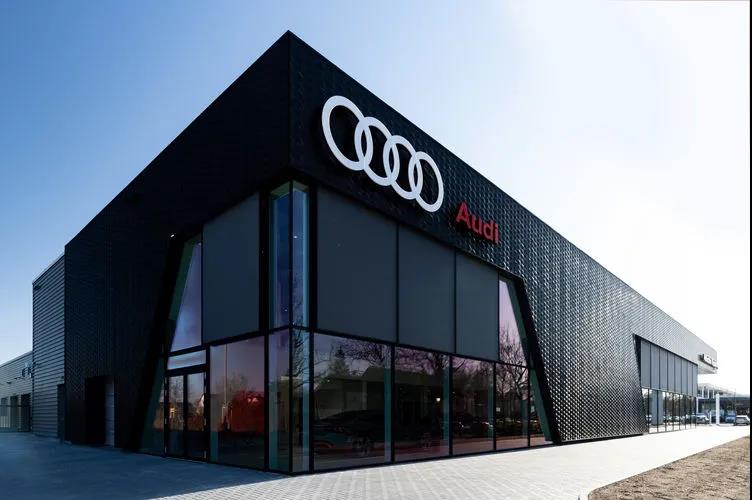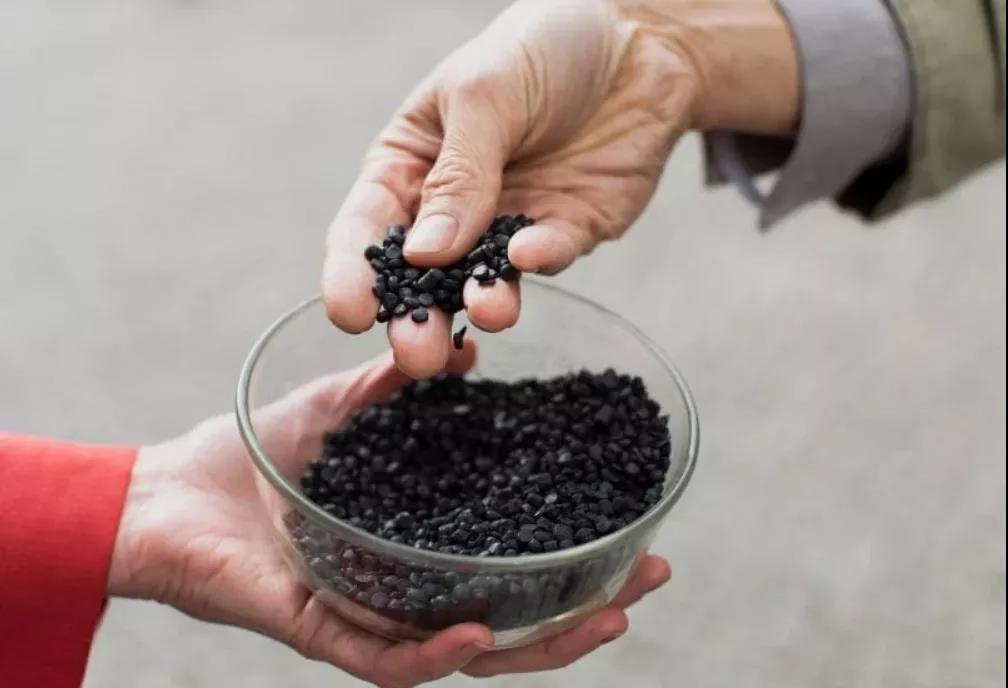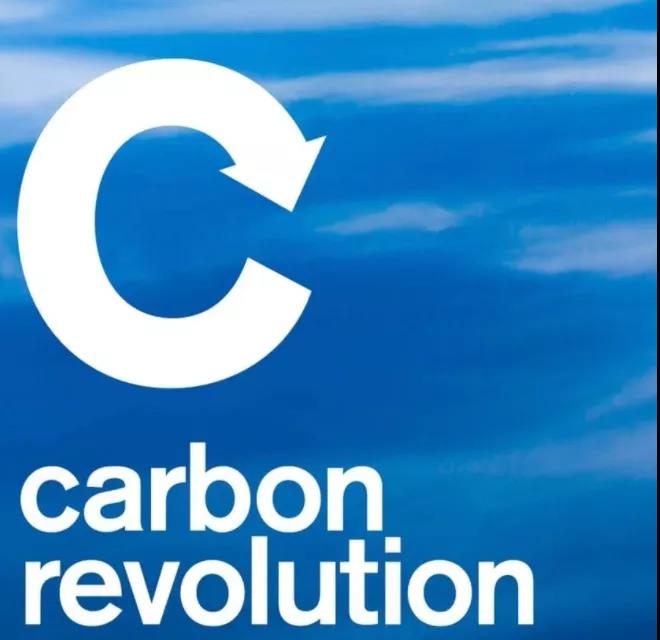Berlin startup Made of Air has developed a bioplastic made from forest and farm waste that reduces carbon emissions and can be used for everything from furniture to building facades.
This recyclable material contains 90% carbon and stores approximately two tons of carbon dioxide equivalent (CO2e) for every ton of plastic produced.
By 2050, Made of Air hopes to store up to 10 billion tons of carbon dioxide equivalent per year in the material, which is also known as Made of Air.
1. The company aims to "help reverse climate change"
"Although we are a materials company, deep down we are a climate company, and that's why we exist," Neema Shams, the company's chief commercial officer, told Dezeen. "Our goal is to help reverse climate change. "
Because the material stores more carbon dioxide from the atmosphere than it emits throughout its life cycle, Made of Air is a carbon-negative material, Shams said.
"Ten years ago we thought carbon negativity meant biodegradability," he explains. "Back then, no one knew what it was, no one knew why it was important. And now it's everywhere."

The HexChar panel made from Air (above) has been installed on the front of an Audi dealership in Munich (above)
Made of Air was founded in 2016 by architects Allison Dring and Daniel Schwaag, who had previously collaborated to create a pollutant-absorbing cladding called Prosolve370e.
The new company has identified five areas where its bioplastics can be used. These are building facades, furniture, interior design, transportation and urban infrastructure.
The material was recently used to create a limited edition pair of sunglasses in collaboration with H&M.
The company is also in talks with a U.S. furniture manufacturer to make "carbon-negative chairs" and with an automaker to make auto parts.
In April, thermoplastics were installed on buildings for the first time. An Audi dealership in Munich is covered with seven tons of hexagonal panels, which the company calls HexChar.
2. Material made of biochar
Made of Air is a non-toxic bioplastic made from biochar. This charcoal-like material is almost pure carbon and is made by burning biomass such as forest trimmings and secondary agricultural materials in the absence of oxygen.
Biochar has been produced for centuries and is increasingly being used as a fertilizer and a way to sequester carbon in the soil.
Made of Air mixes biochar with a binder made from sugar cane to create a material that can be melted and molded like a regular thermoplastic.

"We have a proprietary process that allows us to use biochar and combine it with bioplastics through a series of steps to create pellets," Shames said.
The pellets can then be used in traditional plastic molding processes, such as injection molding, and can be processed using the same machines as regular plastics.
To make biochar, Made of Air obtains waste from forestry and agribusiness in the countryside around Berlin.
The biomass is then placed in a special furnace and baked in a controlled oxygen-free environment as part of the pyrolysis process.
Without oxygen, the carbon in biomass cannot form carbon dioxide during combustion, which means that no greenhouse gases are emitted. Instead, the carbon is retained and formed into biochar.
This porous, carbon-rich material is very effective at storing carbon. Unlike decaying biomass, which quickly releases its carbon back into the atmosphere, biochar can remain stable for hundreds or even thousands of years.
"With biochar, if you leave it in the ground and come back in a thousand years, it will look exactly the same," Shames said. "It's only when you burn it that the carbon is re-released."

Made of Air is one of many companies that see atmospheric carbon as an untapped resource.
For example, Swiss company Climeworks is building direct air capture machines to make carbon it can sell, and Seattle startup Nori is building an online marketplace to encourage people to capture and trade atmospheric carbon. The process of converting captured carbon into useful products is called carbon capture and utilization (CCU).
"What if everything around us was carbon-negative material, and there were no carbon emissions?" Shames said. "Climate change is really a material problem, because there's so much carbon in the atmosphere. So why can't we turn it into our greatest resource?"
Plastics made from Air's biochar plastic are cheaper than regular bioplastics, but still more expensive than petroleum-based materials.
3. Material prices do not reflect the "cost of the earth"
Ultimately, Shams sees the need for government intervention in the form of a carbon tax to help replace fossil plastics with products made from captured CO2.
"In the broader capitalist system we live in, everything needs to be cheap and widely available," he said. "The price of materials doesn't take into account their cost to the planet or to people."
"I think an assessment of the emissions associated with the production of materials and the damage they do to the environment is the most useful catalyst not only for us, but for the broader sustainable materials space."


